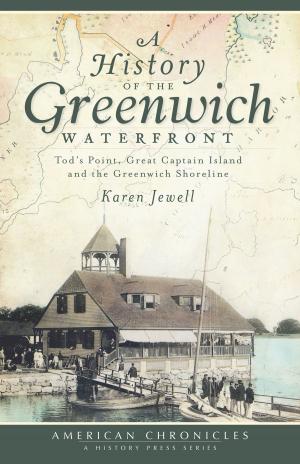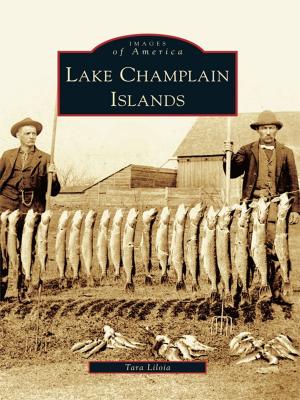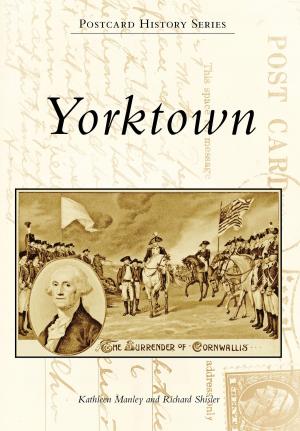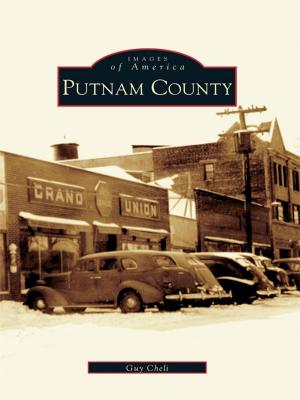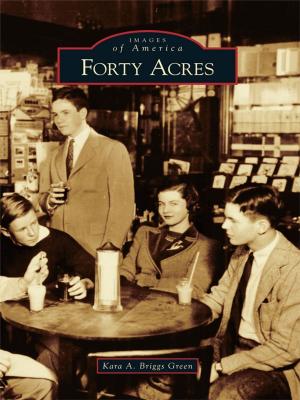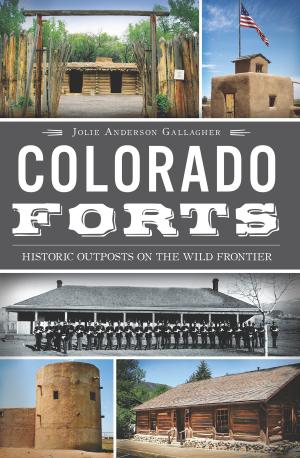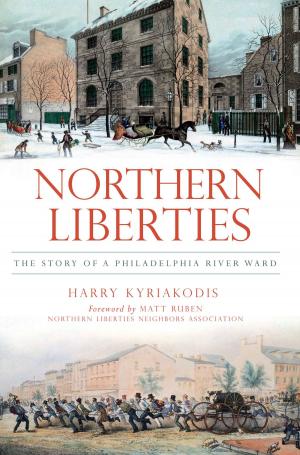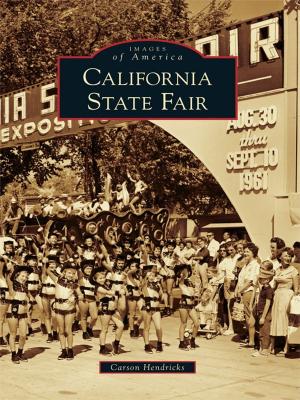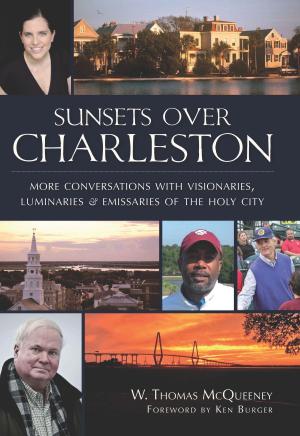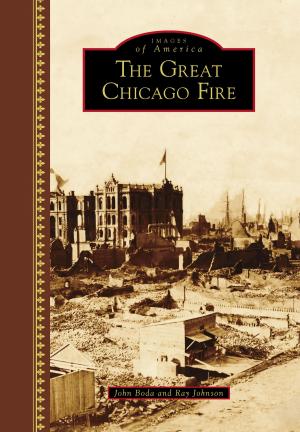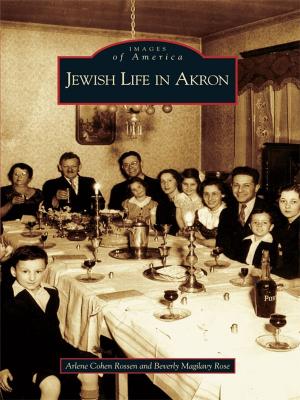The Baltimore and Ohio Railroad in West Virginia
Nonfiction, Reference & Language, Transportation, Railroads, History, Art & Architecture, Photography, Pictorials, Travel| Author: | Bob Withers | ISBN: | 9781439619377 |
| Publisher: | Arcadia Publishing Inc. | Publication: | September 26, 2007 |
| Imprint: | Arcadia Publishing | Language: | English |
| Author: | Bob Withers |
| ISBN: | 9781439619377 |
| Publisher: | Arcadia Publishing Inc. |
| Publication: | September 26, 2007 |
| Imprint: | Arcadia Publishing |
| Language: | English |
In 1827, a group of Baltimore capitalists feared their city would be left out of the lucrative East Coast-to-Midwest trade that other eastern cities were developing; thus, the Baltimore and Ohio Railroad was chartered. Political pressure kept the B&O out of Pennsylvania at first, and so track crews
headed for what is now West Virginia, building mountainous routes with torturous grades to Wheeling and Parkersburg. Eventually the B&O financed and acquired a spiderweb of branch lines that covered much of the northern and central parts of the Mountain State. This book takes a close look at the line's locomotives, passenger and freight trains,
structures, and, most importantly, its people who endeared their company to generations of travelers, shippers, and small Appalachian communities.
headed for what is now West Virginia, building mountainous routes with torturous grades to Wheeling and Parkersburg. Eventually the B&O financed and acquired a spiderweb of branch lines that covered much of the northern and central parts of the Mountain State. This book takes a close look at the line's locomotives, passenger and freight trains,
structures, and, most importantly, its people who endeared their company to generations of travelers, shippers, and small Appalachian communities.
In 1827, a group of Baltimore capitalists feared their city would be left out of the lucrative East Coast-to-Midwest trade that other eastern cities were developing; thus, the Baltimore and Ohio Railroad was chartered. Political pressure kept the B&O out of Pennsylvania at first, and so track crews
headed for what is now West Virginia, building mountainous routes with torturous grades to Wheeling and Parkersburg. Eventually the B&O financed and acquired a spiderweb of branch lines that covered much of the northern and central parts of the Mountain State. This book takes a close look at the line's locomotives, passenger and freight trains,
structures, and, most importantly, its people who endeared their company to generations of travelers, shippers, and small Appalachian communities.
headed for what is now West Virginia, building mountainous routes with torturous grades to Wheeling and Parkersburg. Eventually the B&O financed and acquired a spiderweb of branch lines that covered much of the northern and central parts of the Mountain State. This book takes a close look at the line's locomotives, passenger and freight trains,
structures, and, most importantly, its people who endeared their company to generations of travelers, shippers, and small Appalachian communities.

